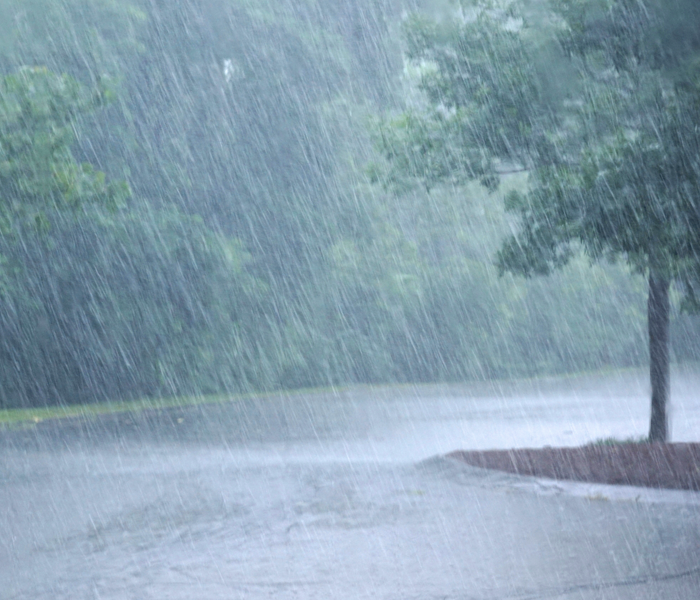Mitigating Hail Damage After a Storm in Your Home or Business
9/24/2023 (Permalink)
Hailstorms can be destructive and cause significant damage to your home or business. From shattered windows to dented roofs, dealing with hail damage can be stressful and costly. However, taking immediate action to mitigate the damage can make a big difference in the long run. In this blog post, we will discuss some steps you can take to mitigate hail damage after a storm, helping you restore your property and minimize further complications.
Inspect the Property
After a hailstorm, it's crucial to inspect your property for any visible signs of damage. Start by examining the roof for loose or missing shingles, dented gutters, or cracks. Check the windows, siding, and outdoor structures, such as sheds or awnings, for any hail-related damage. Take photos or videos of the damage as evidence for insurance claims.
Ensure that your property is safe before proceeding with any repairs. If there are broken windows or glass, take precautions to protect yourself and others from potential injuries. Cover broken windows with boards or tarps and avoid walking on damaged areas that may pose a risk of collapse. If electrical wiring or gas lines are affected, seek professional help and shut off the utilities if necessary.
Document the Damage
Make a detailed inventory of the hail damage to your property. Note the specific areas and extent of the damage, including any personal belongings that have been affected. This documentation will be vital when filing an insurance claim.
Notify your insurance company as soon as possible to report the hail damage. Provide them with the necessary documentation, including photos, videos, and a detailed description of the damage. Follow their instructions regarding the claims process and any required repairs or assessments by adjusters.
Temporary Repairs and Mitigation
To prevent further damage to your property, consider making temporary repairs. Cover broken windows or damaged areas with tarps or boards to protect against water intrusion. If your roof is compromised, use waterproof material to cover exposed areas. Be sure to consult with professionals or contractors, as they will have the expertise and knowledge to perform temporary repairs effectively.
Engage the services of a professional restoration company experienced in handling hail damage. They will assess and evaluate the extent of the damage and provide the necessary repairs or replacements. Look for reputable companies with a proven track record in restoration work, preferably those experienced in dealing with hail damage specifically.
Maintain Communication with Your Insurance Company
Throughout the restoration process, maintain open and ongoing communication with your insurance company. Keep them updated on the progress of repairs and provide any additional information they may require. This will help ensure a smooth claims process and any necessary reimbursements.
While hail damage is often unavoidable, taking preventive measures can minimize the impact of future storms. Consider installing impact-resistant windows, reinforced roofing materials, or protective coverings for vulnerable areas. Trim trees near your property to reduce the risk of falling branches during storms. Regular maintenance and inspections can also help identify and address potential issues before they become more severe.
Mitigating hail damage after a storm requires prompt action and careful consideration. Inspect your property, address immediate safety concerns, document the damage, and contact your insurance company. Make temporary repairs to prevent further damage, hire professional restoration services, and maintain communication with your insurance company throughout the process. Taking these steps will help restore your property and minimize any complications caused by hail damage. Additionally, considering preventive measures for future storms can provide added protection and peace of mind against the destructive effects of hail.



 24/7 Emergency Service
24/7 Emergency Service
